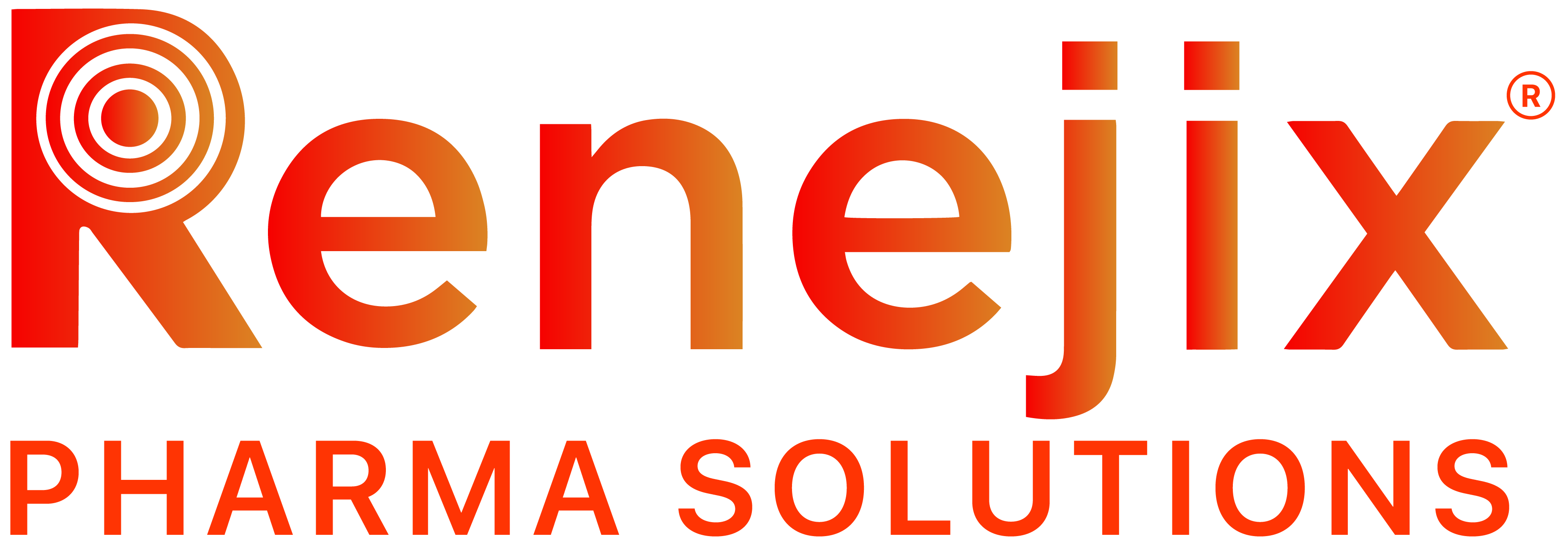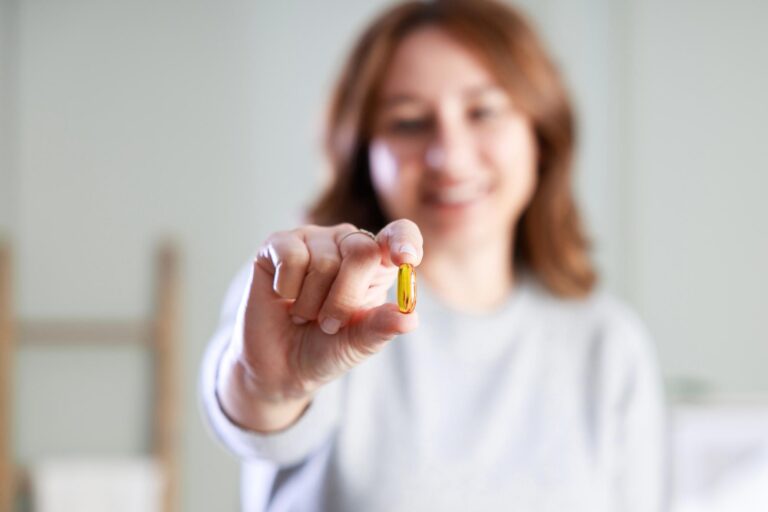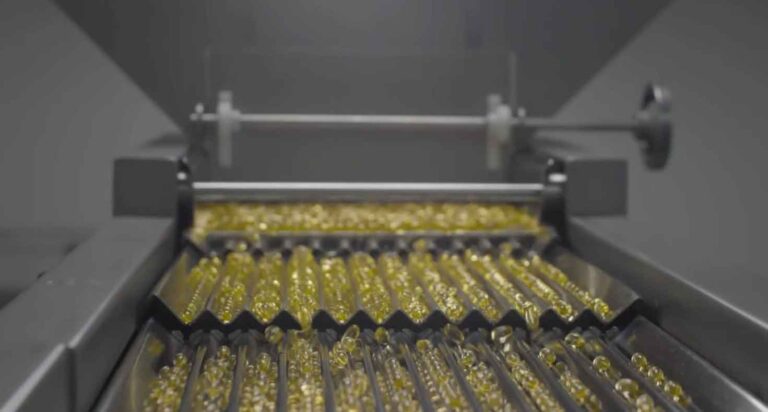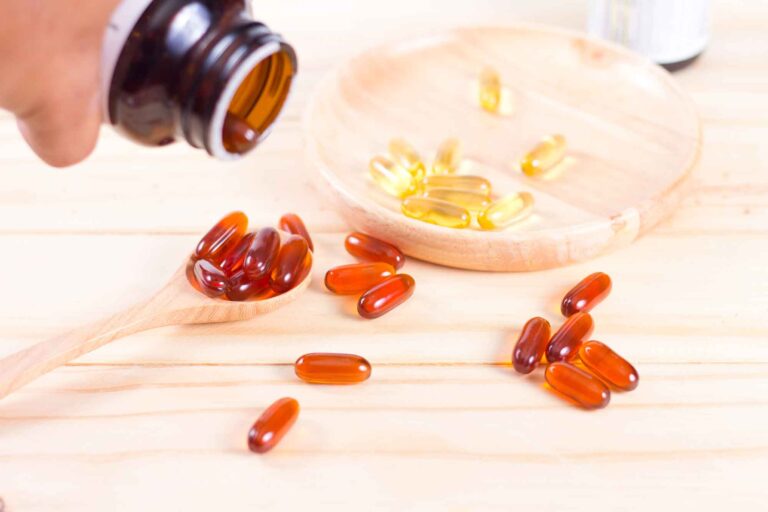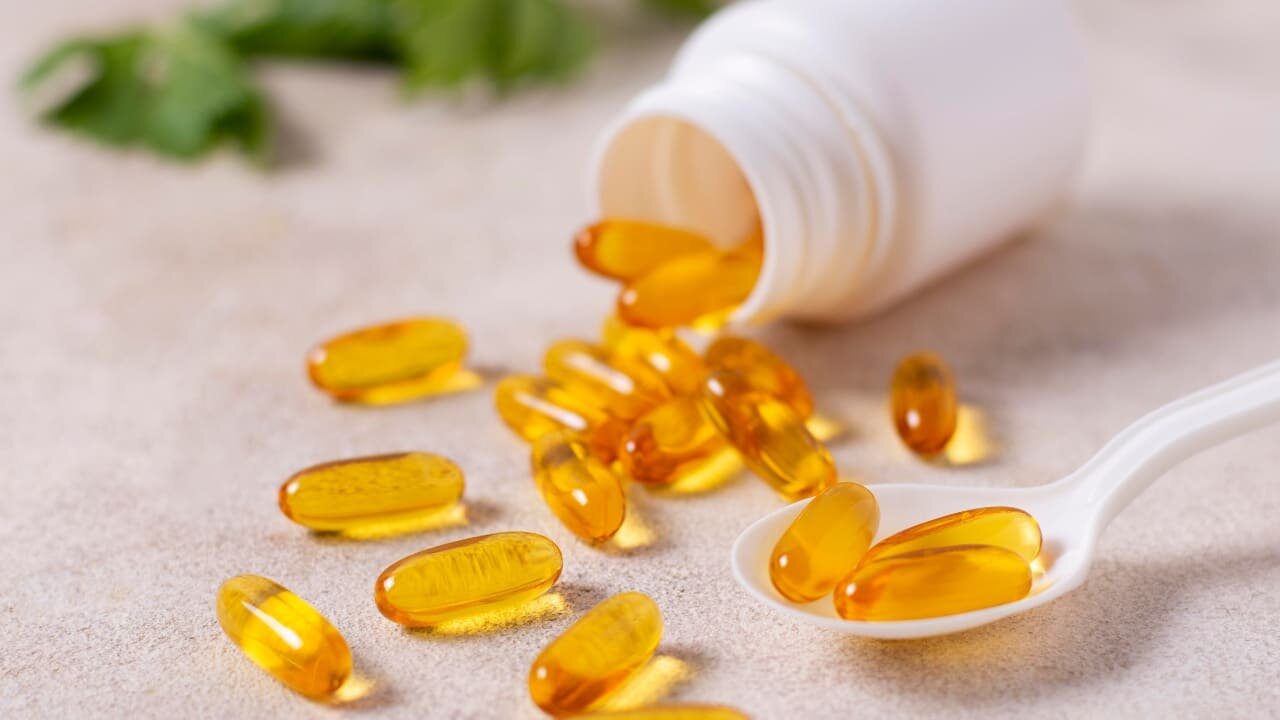
Softgel capsules have revolutionized the pharmaceutical and nutraceutical industries by offering a versatile and effective delivery method for a wide range of active ingredients. Softgels are soft, gelatinous capsules that encapsulate liquid or semi-solid fill formulations, providing a convenient and palatable option for consumers. They are particularly favored for their ability to improve the bioavailability of poorly soluble compounds and protect sensitive ingredients from degradation.
The appeal of softgels extends beyond their functional benefits. They offer a seamless swallowing experience, making them a preferred choice for individuals who have difficulty ingesting traditional tablets or capsules. Additionally, softgels can be formulated in various shapes, sizes, and colors, allowing for customization and brand differentiation.
This article aims to provide a detailed guide on the different types of softgels available in the market. We will explore their common delivery methods, specialized forms, material innovations, and the diverse shapes and sizes in which they are produced. Understanding the variety of softgels and their applications is crucial for healthcare professionals, formulators, and consumers alike, as it enables informed decision-making and optimized therapeutic outcomes.
What are Softgels?
Softgel capsules are a popular dosage form in the pharmaceutical and nutraceutical industries, known for their versatility and consumer-friendly attributes. At their core, softgels are made up of a gelatinous outer shell and a liquid or semi-solid fill that contains the active ingredient(s).
The shell is typically composed of gelatin, water, and a plasticizer such as glycerin or sorbitol, which helps maintain the capsule’s softness and flexibility. In recent years, alternatives to animal-derived gelatin, such as carrageenan or starch-based materials, have been developed to cater to vegetarian and vegan consumers.
One of the primary advantages of softgels is their ability to enhance the bioavailability of poorly soluble drugs. The liquid fill can be formulated with solubilizers and emulsifiers to improve the dissolution and absorption of the active ingredient(s) in the gastrointestinal tract. This is particularly beneficial for lipophilic compounds that have limited solubility in aqueous environments.
Softgels also offer protection for sensitive ingredients, such as light-sensitive or oxidizable compounds. The encapsulation shields the contents from exposure to air, light, and moisture, preserving their stability and potency over time. Furthermore, softgels can mask unpleasant tastes and odors, making them a more palatable option for oral administration.
The manufacturing process of softgels involves the encapsulation of the liquid fill within the gelatin shell using specialized equipment. This process, known as rotary die encapsulation, allows for precision in dosing and uniformity in capsule size and shape. The flexibility of the softgel form enables the production of capsules with varying capacities, accommodating a wide range of dosage requirements.
The global softgel capsules market was valued at USD 7.67 billion in 2022 and is expected to grow at a compound annual growth rate (CAGR) of 6.9% from 2023 to 2030.
Common Softgel Delivery Methods
Softgel capsules are renowned for their versatility in delivering active ingredients to the body. The most common delivery methods for softgels are designed to cater to various patient needs and preferences, ensuring effective and comfortable administration of medication.
Swallowing
The traditional method of softgel administration is swallowing the capsule whole. This method is favored for its convenience and ease of use. The soft, flexible nature of the gelatin shell makes it easier to swallow compared to harder tablets or capsules.
Once ingested, the softgel dissolves in the stomach, releasing the active ingredient for absorption. This delivery method is suitable for systemic effects, where the medication is intended to be absorbed into the bloodstream and distributed throughout the body.
Chewing
Chewable softgels are an innovative alternative for patients who have difficulty swallowing capsules or prefer a more palatable option. These softgels are formulated to be chewed in the mouth, releasing the active ingredient for immediate absorption through the oral mucosa or for swallowing and subsequent absorption in the gastrointestinal tract.
Chewable softgels often contain flavorings to mask the taste of the medication, making them particularly appealing for pediatric and geriatric patients.
Sucking
Softgels designed for sucking, similar to lozenges, are intended for a slow release of the active ingredient in the mouth. This method is beneficial for medications that require localized action in the oral cavity or for those that are absorbed through the mucous membranes for a rapid onset of action.
The sucking method also allows for the controlled release of the medication, providing a sustained effect over a period of time.
Twisting Open
Twist-off softgels offer a unique delivery method where the capsule is designed with a tab that can be easily twisted and removed. This allows the liquid contents to be poured directly into the mouth or mixed with food or beverages for ingestion.
This method is particularly useful for patients who cannot swallow capsules or for the administration of precise doses of medication.
Suppository and Pessary Usage
While most softgels are designed for oral administration, some are formulated for use as suppositories or pessaries. These softgels are inserted into the rectum (suppositories) or vagina (pessaries) for localized or systemic effects.
This delivery method is advantageous for medications that require direct action at the site of administration or for patients who cannot take oral medications.
The Specialized Softgel Forms
Softgel capsules are not limited to standard forms and delivery methods. Over the years, specialized softgel forms have been developed to address specific needs and enhance the effectiveness of medication delivery. These specialized forms include enteric-coated softgels, double-layered softgels, and softgels designed for targeted release.
Enteric-Coated Softgels
Enteric-coated softgels are designed to withstand the acidic environment of the stomach and dissolve in the more alkaline conditions of the intestines. This coating prevents the premature release of the active ingredient in the stomach, protecting it from degradation and ensuring its absorption in the intended area of the gastrointestinal tract.
Enteric-coated softgels are particularly useful for medications that can irritate the stomach lining or for drugs that are best absorbed in the intestines.
Double-Layered Softgels
Double-layered softgels, also known as dual-chamber or multi-compartment softgels, contain two separate layers or compartments within a single capsule. This innovative design allows for the encapsulation of two different ingredients or formulations that need to be kept separate until ingestion.
Double-layered softgels are ideal for combination therapies, where two active ingredients are required to work synergistically, or for timed-release formulations that provide a controlled release of the medication over an extended period.
Targeted Release Softgels
Targeted release softgels are engineered to release their contents at specific sites within the body, optimizing the therapeutic effect of the medication. This can be achieved through various mechanisms, such as pH-sensitive coatings, mucoadhesive properties, or bioadhesive polymers.
Targeted release softgels are particularly beneficial for drugs that require localized action, such as those used in the treatment of gastrointestinal disorders or for medications that need to bypass the stomach to avoid degradation.
Suppository and Pessary Softgels
In addition to oral administration, softgel technology has been adapted for use in suppository and pessary forms. Suppository softgels are inserted into the rectum for localized or systemic effects, while pessary softgels are used vaginally for local treatment or systemic absorption.
These forms are valuable for patients who cannot take medications orally or for drugs that require direct delivery to the affected area.
Softgel Shapes and Sizes
Softgel capsules come in a variety of shapes and sizes, each designed to cater to specific dosing requirements and patient preferences. The most common shapes include round, oval, oblong, and tubular, with each offering distinct advantages in terms of ease of swallowing and dosage capacity.
Round Softgels
Round softgels are spherical in shape and are typically used for smaller doses. Their compact size makes them easy to swallow, which is particularly beneficial for patients who have difficulty with larger capsules.
Oval Softgels
Oval softgels are elongated and have a more streamlined shape compared to round softgels. This shape allows for a larger fill volume without significantly increasing the size of the capsule, making it easier to swallow than a similarly dosed round softgel.
Oblong Softgels
Oblong softgels, also known as rectangular or capsule-shaped softgels, have cylindrical body with rounded ends. They offer a balance between size and capacity, providing a higher dosage volume while still maintaining ease of ingestion.
Tubular Softgels
Tubular softgels, or tubes, are larger and designed to accommodate higher doses. They are often used for supplements or medications that require a substantial amount of active ingredients.
Sizes
Softgel sizes are typically measured in minims, with a range that varies depending on the shape. For example, round softgels may range from 1 to 20 minims, while tubular softgels can go up to 30 minims or more. The choice of size and shape is determined by the required dosage and the intended user experience, with the goal of maximizing efficacy and compliance.
Market Trends and Future Outlook on Softgel
The softgel market is witnessing several trends that are shaping its future outlook. One significant trend is the growing demand for vegetarian and vegan-friendly softgels, driven by increasing consumer awareness and dietary preferences. Manufacturers are responding by developing softgels made from plant-based materials, such as starch or carrageenan, as alternatives to traditional gelatin-based capsules.
Another trend is the focus on innovative shapes and flavors to enhance consumer appeal, particularly in the nutraceutical sector. Softgels in unique shapes and with appealing flavors can help differentiate products in a crowded market and improve compliance among pediatric and geriatric populations.
Personalized medicine is also influencing the softgel market, with an emphasis on customized formulations and dosages tailored to individual patient needs. This trend is expected to drive advancements in softgel technology, enabling more precise and targeted delivery of medications.
The future outlook for the softgel market is promising, with continued growth expected due to their versatility, convenience, and effectiveness. As technology advances, we can anticipate the development of more sophisticated softgel forms, such as those with enhanced bioavailability, controlled release mechanisms, and improved stability. These innovations will further solidify softgels’ position as a preferred dosage form in both pharmaceutical and nutraceutical industries.
Final Thoughts
Softgel capsules have proven to be a versatile and effective delivery form for a wide range of medications and supplements. Their ability to improve bioavailability, protect sensitive ingredients, and provide a consumer-friendly experience has made them a popular choice in the pharmaceutical and nutraceutical industries.
As market trends continue to evolve, with a focus on plant-based materials, innovative shapes, and personalized medicine, the future of softgels looks bright. Advancements in softgel technology will further enhance their functionality and appeal, ensuring their continued relevance and growth in the healthcare sector.
Frequently Asked Questions
Softgels have a soft, flexible shell made of gelatin or plant-based materials, while hard gelatin capsules have a firmer, two-piece shell.
No, softgels are designed to be taken whole to ensure the proper release of the active ingredient.
Softgels can be safe, but it's important to check the ingredients for potential allergens, such as gelatin, which is derived from animal collagen.
Softgels should be stored in a cool, dry place away from direct sunlight to maintain their integrity.
Yes, like all medications and supplements, softgels have an expiration date, after which their effectiveness may decrease.
Most softgels are gluten-free, but it's essential to check the product label for any gluten-containing ingredients.
Softgels can be suitable for children, but the dosage and formulation should be appropriate for their age and weight.
The onset of action for softgels varies depending on the active ingredient and the individual's metabolism, but they generally start working within 15 to 30 minutes.
Some softgels can be taken on an empty stomach, while others should be taken with food to enhance absorption or reduce gastrointestinal irritation. Always follow the product instructions or consult a healthcare professional.
